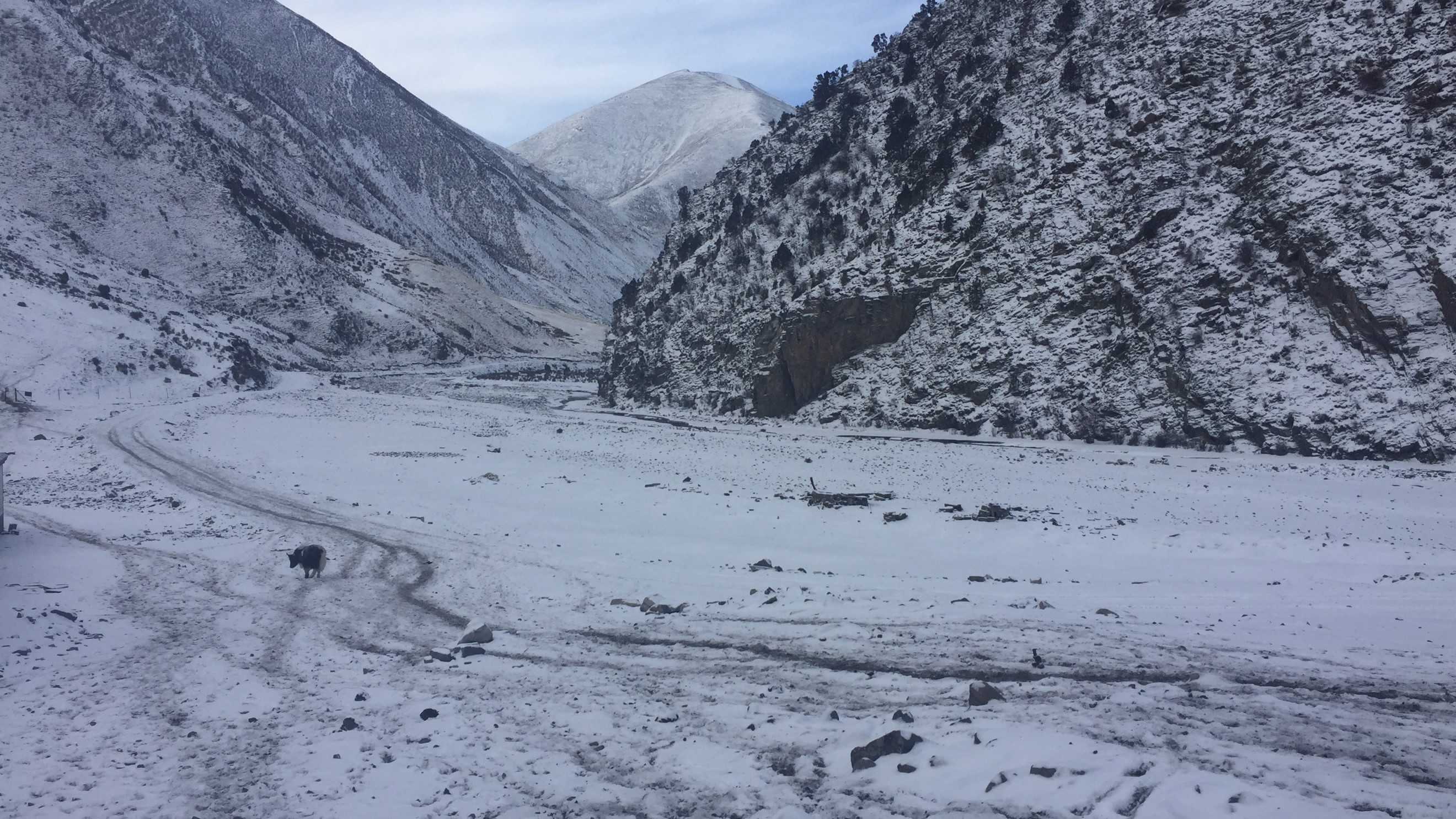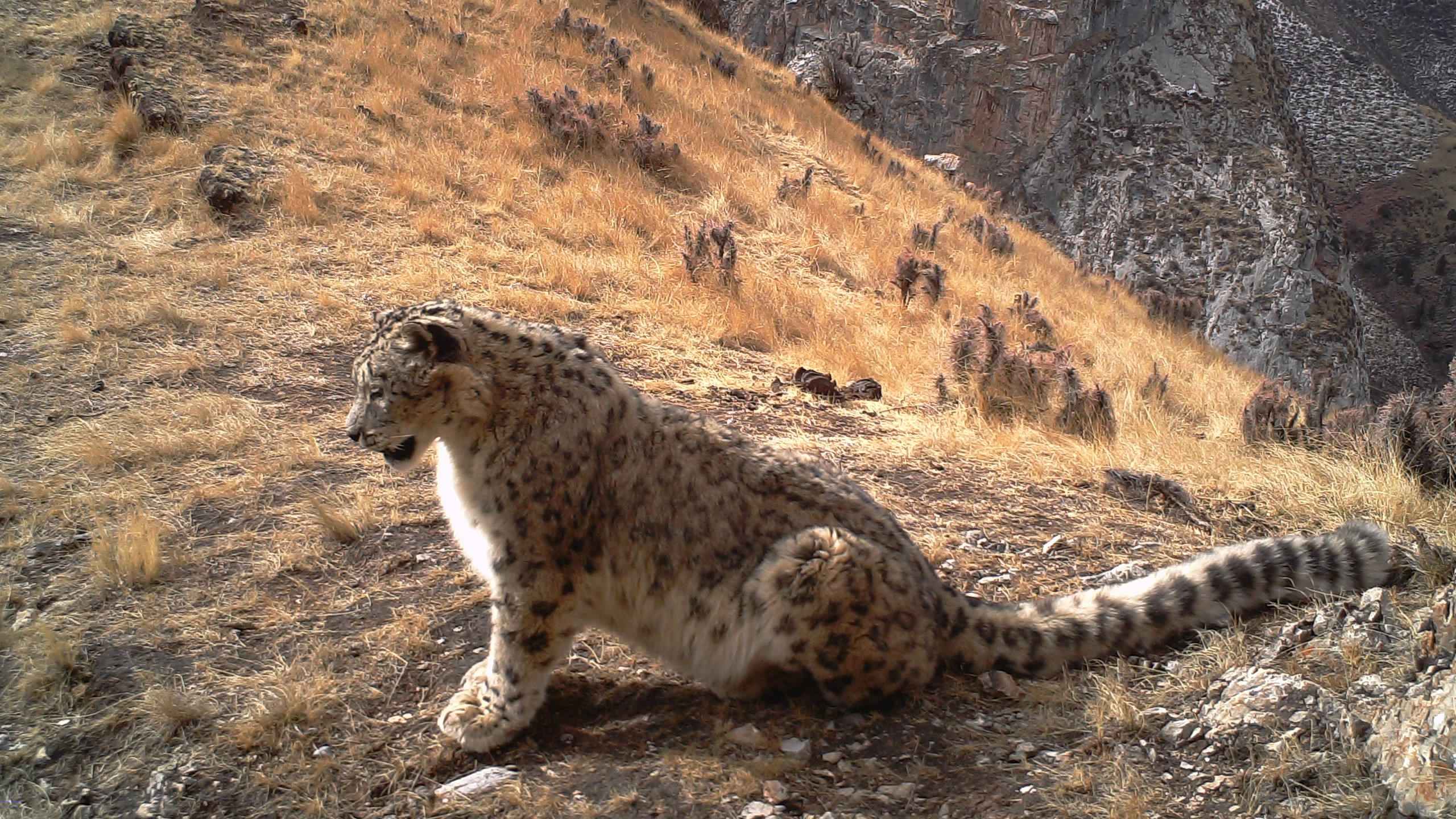
China
16:15, 18-Apr-2018
The 'Necklaces of Death' threatening the snow leopards’ survival
CGTN
02:16

By Laura Schmitt and Feng Li
In “Protectors of the Plateau,” Rediscovering China investigates the challenges facing the people responsible for animal protection efforts in one of the most inhospitable parts of northwest China.
The Sanjiangyuan area on the Tibetan Plateau in Qinghai Province is home to a remarkably diverse animal population, including several rare species. One of the most endangered animals here is snow leopard. According to the World Wildlife Fund, their population globally is now less than 7,000, having declined by a fifth in the past 15 years.
The biggest threat to their survival is posed by human activity. On the Qinghai Plateau, they are confronted with the shrinking of their habitat due to mining and the threat from poachers who kill not only leopards but also their prey. Another danger comes from the occasional revenge killing by local farmers who have lost yaks to hungry snow leopards.

The mountains of Yunta have remained untouched, with no phone signals. /CGTN Photo
The mountains of Yunta have remained untouched, with no phone signals. /CGTN Photo
Dang Wen is a Tibetan forest ranger who lives in Yunta area of Qinghai. He was part of the very first group of 14 volunteers to work with Shanshui Conservation Center, a Beijing-based NGO. He has witnessed numerous instances of poaching in this area, and his responsibilities include scouring the mountains near his home in search of wire traps and removing them.
The delicate traps are set by poachers. Their main target is actually musk deer, whose musk is believed to be efficacious in treating some diseases. But the traps don’t discriminate, and these necklaces of death also snare and kill snow leopards.

Even the agile snow leopard can hardly escape a dangerous wire trap. /Shanshui Conservation Center Photo
Even the agile snow leopard can hardly escape a dangerous wire trap. /Shanshui Conservation Center Photo
In 2015, Dang Wen removed some 300 of the traps. He has no idea who set them. But he is aware that he’s risking his safety by collecting them. He faces a threat from wild animals and also from the poachers, who often carry guns and could react badly to being caught red-handed.
There are good news though. Infrared cameras set up by Dang Wen and his team to track snow leopards’ movements have had the unintended but welcome side-effect of deterring these poachers.
“They don’t dare to get close,” Dang says. “They’re afraid of being caught. Thanks to the infrared cameras, illegal hunting is declining, and the number of wild animals in the area is on the rise.”
Rediscovering China is a 30-minute features program offering in-depth reports on major issues facing China today. It airs Sunday at 10:30 a.m. BJT (0230GMT), with a rebroadcast at 11:30 p.m. (1530GMT), as well as Monday 8:30 a.m. (0030GMT) and Friday 1:30 p.m. (0530GMT).

SITEMAP
Copyright © 2018 CGTN. Beijing ICP prepared NO.16065310-3
Copyright © 2018 CGTN. Beijing ICP prepared NO.16065310-3